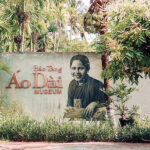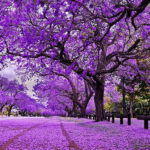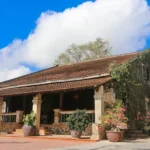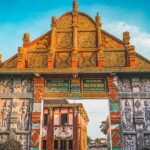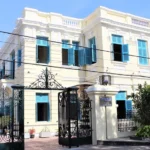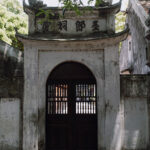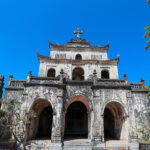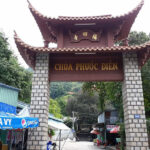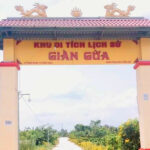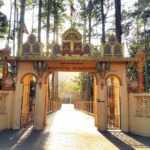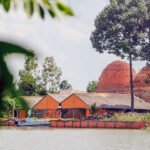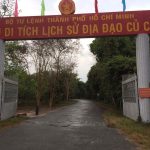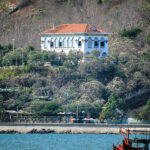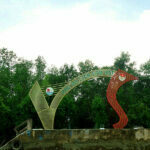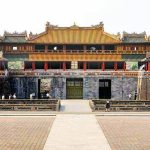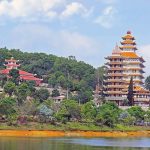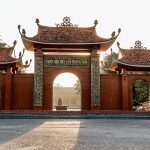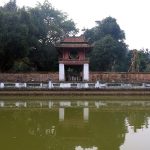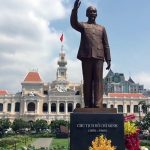The Vietnam Museum of Fine Arts is one of the museums with the most important position in preserving the treasure of cultural and artistic heritage of the Vietnamese ethnic community. This is a place often visited by many tourists to explore art during their explore Hanoi.
General information about Vietnam Fine Arts Museum
The Museum of Fine Arts was established on June 24, 1966, the museum carries out the mission of researching, collecting, restoring, displaying, educating, and communicating documents, artifacts, and representative works of fine art.
Below are the stages of formation and development of the museum:
- French colonial period: The museum was built as a place to stay for the daughters of French officials in Indochina while studying in Hanoi.
- In 1962: The building was handed over to the Ministry of Culture and was renovated into a place to store and display valuable works of art from prehistoric to modern times.
- In 1966: The Museum of Fine Arts officially opened to welcome visitors.

Address: 66 Nguyen Thai Hoc, Ba Dinh District.
Entrance fee and opening hours of Vietnam Fine Arts Museum
Below are the reference ticket prices of the Hanoi Museum of Fine Arts:
- Children under 6 years old: Free
- From 6 to 16 years old: 10,000 VND/ticket
- Students: 20,000 VND/ticket
- Adults: 40,000 VND/ticket
- Tour with a guide: 150,000 VND/group (group no more than 25 people)

Opening hours: 08:30 – 17:00 daily. Closed on Mondays and New Year’s Day only.
What to see in Vietnam Fine Arts Museum?
The Fine Arts Museum in Hanoi consists of 3 floors with a display area of more than 3,000 m². On a large area, the museum is divided into many functional areas such as: permanent display area, thematic display area, creative space for children, food and beverage space,…. The current number of exhibits reaches nearly 20,000 works, helping visitors easily learn an overview of the historical development of diverse fine arts. Works being displayed and collected at the museum include:
Prehistory and Early History Fine Art
This is the opening room for the museum’s display system, introducing various types of artifacts by topic: production tools, weapons, objects of everyday life, ornaments, artistic figurines and musical instruments from the Stone and Iron Ages.

Art from the 11th – 19th century
In here, you will find artifacts and relics bearing clear traces of Buddhism, famous relics of the Ly – Tran dynasties (11th – 14th centuries) and sculptural art Champa (8th – 9th century) in the Central region, with artifacts, stone and terracotta sculptures and large-scale artistic works.

The most prominent are the painted wooden statues in the Buddhist statue system and the Late statues of the Le Trung Hung period, which are works of balanced, harmonious beauty, with elaborate and sophisticated chiseled lines.

The subsequent Tay Son – Nguyen period (18th – 19th century) was marked by realistic works expressed with high artistic values. With the birth of the genre of sculpture to decorate village communal houses in the Mac Dynasty (16th century), for the first time there appeared a rustic theme reflecting everyday life through works created with the art of carving and sculpture of folk craftsmen.
Art from the Early 20th Century to the Present Day
the museum displays works by material with collections of lacquer paintings, silk, oil paintings, graphics, and sculpture (from 1954 to present).

In addition, you can also admire works according to art history periods, including romantic and realistic trends (1925 – 1945) and the trend of creating works full of optimistic, fighting spirit into revolutionary art of resistance (1945 – 1954).

Traditional applied art
artisans have conveyed artistic values into everyday objects, religious ceremonies, and folk theater performances. You can see the diversity in the use of materials such as bamboo, textiles, snail carvings, mother of pearl, metal carvings… which shows us the practicality of the types of artifacts preserved and displayed here.
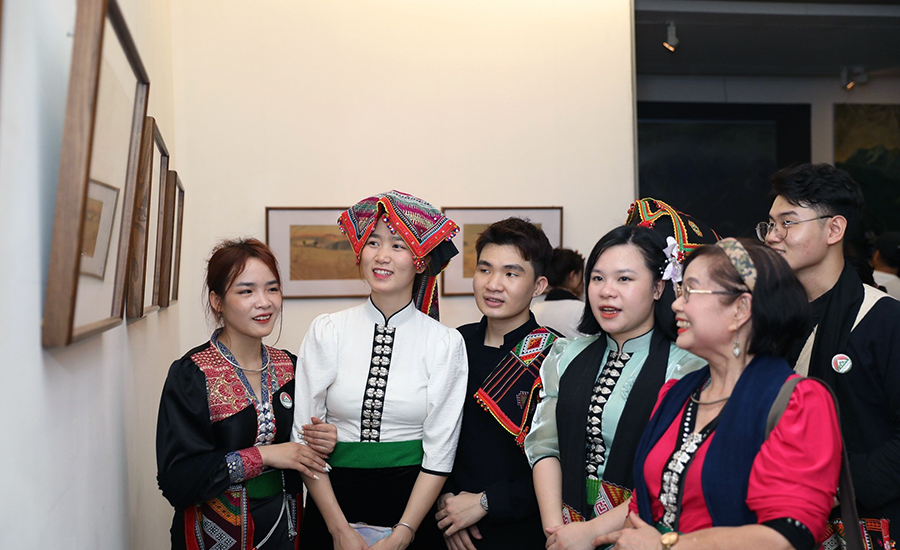
Folk art
The Vietnam Fine Arts Museum’s folk art collection focuses on introducing two prominent types: folk paintings and folk statues.

Folk paintings often have bright features and lively content, expressing many topics such as worship, congratulations, daily activities, historical figures, etc. The topic reflects each period differently but still focuses on areas such as daily life, spirituality, culture, and the spirit of fighting to build a nation through famous paintings such as Dong Ho, Kim Hoang, and Lang Sinh and worship paintings of the Kinh people and ethnic minorities in the northern mountainous areas.

Vietnamese folk statues are no less rich and diverse, such as the art of terracotta statues, wood carving, metal carving… Folk statues also have many different themes, they all remind us of the specific image about human life and customs of peoples through different historical periods.
Pottery collection (from the 11th – 20th centuries)
The gallery “Vietnamese ceramic art from the 11th to the 20th century” introduces the clearest characteristics of the stages of unglazed and glazed ceramics.
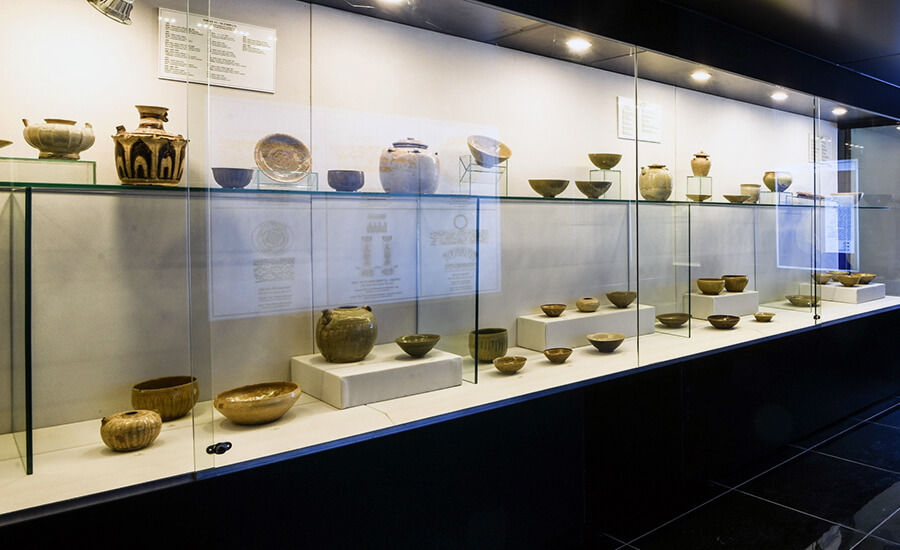
And glazed ceramics include crackle glaze ceramics, celadon ceramics, brown glazed ceramics, white and blue glazed ceramics and modern ceramics.

Creative space for children with multiple experiences
The creative space for children opened in 2011 and has become a favorite destination for many children. The destination has open space and many attractive and useful activities to help children explore, perceive and experience art from the museum’s collections such as painting, ceramics, sculpture, folk art,…

The cafe space
In addition to the display and creative space for children, the Vietnam Fine Arts Museum also has a spacious cafe area, open from 7:00 a.m to 22:30 p.m daily.

The destination is an ideal stop for visitors to enjoy their favorite dishes, drinks and admire the unique architecture of the museum.
Source: collected by An
Follow us for the best deal with Vietnam package tours and visa services!


